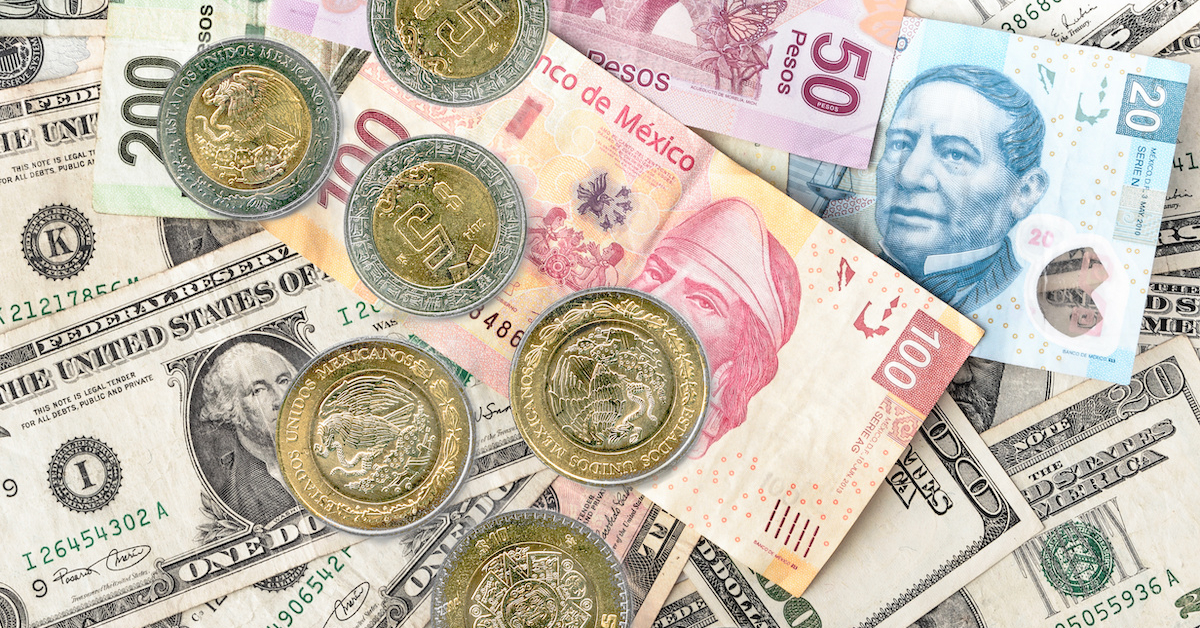Puerto Vallarta, Mexico - The Mexican peso experienced a significant depreciation in August, closing the month at approximately 19.71 pesos per U.S. dollar in international markets, marking a 5.97% decline or a loss of 1.11 pesos compared to its value in July. This drop marks the…





